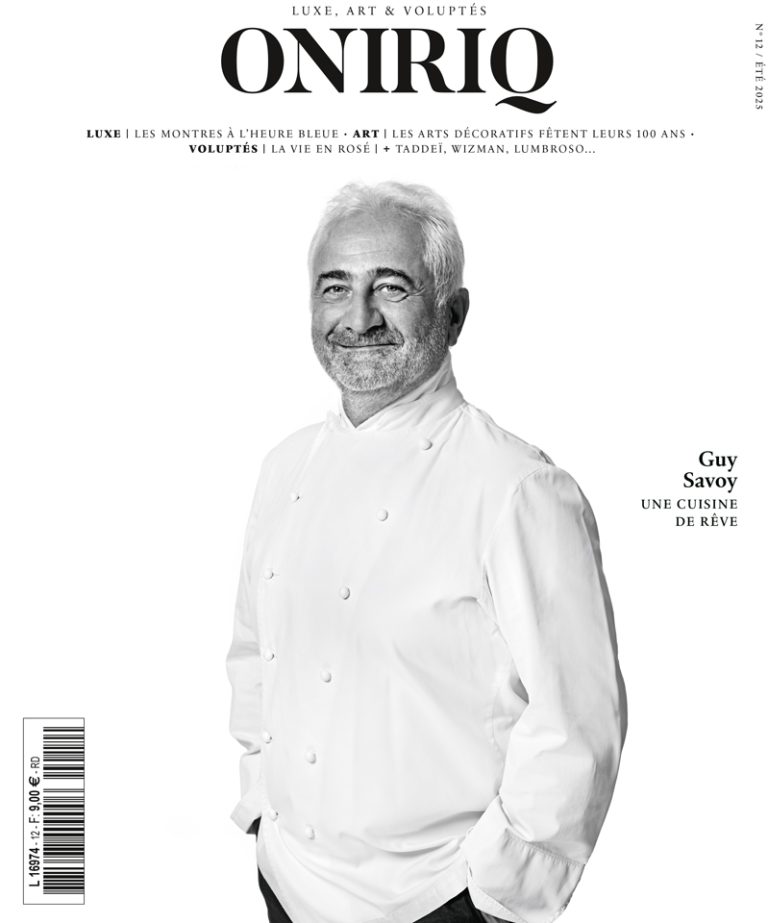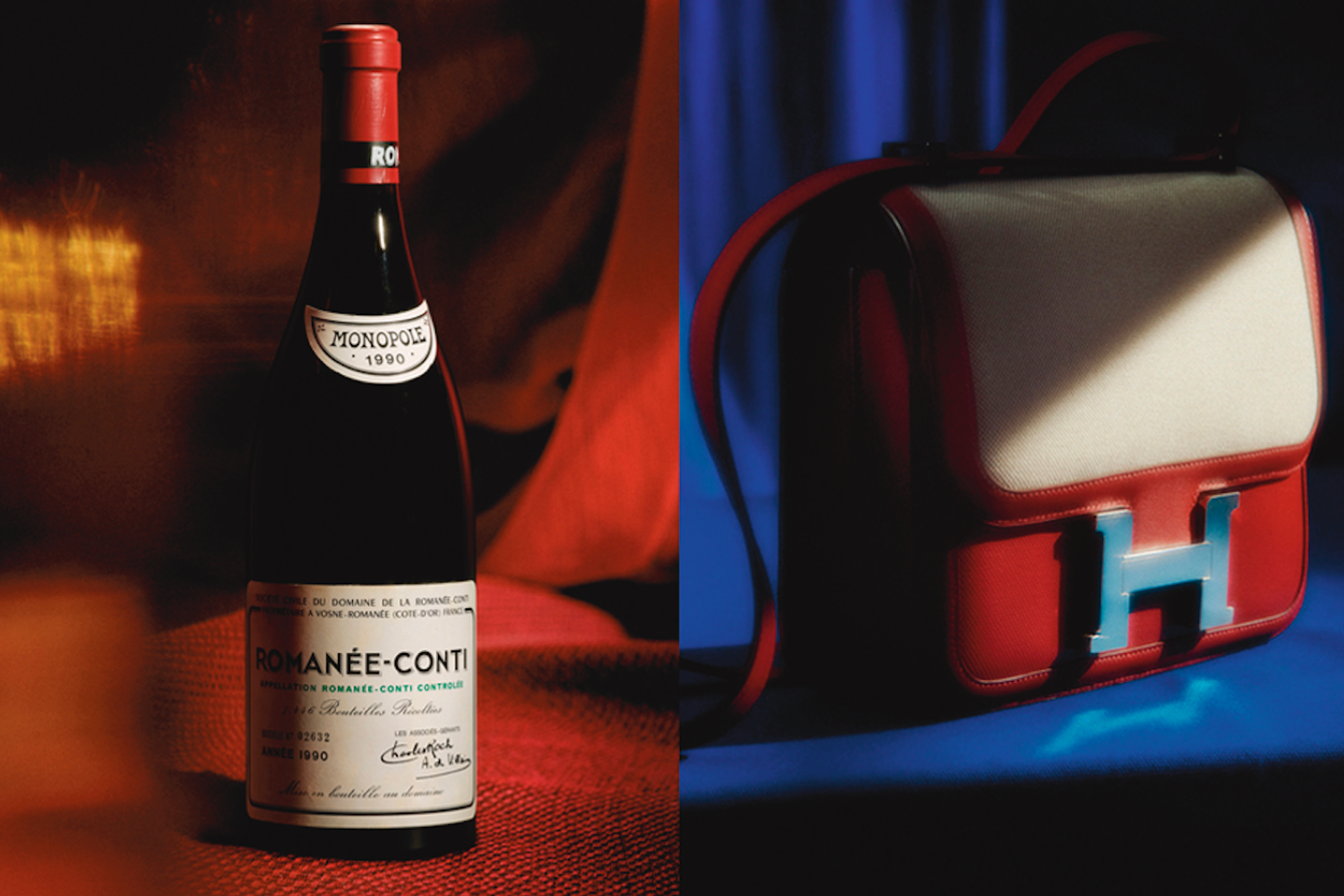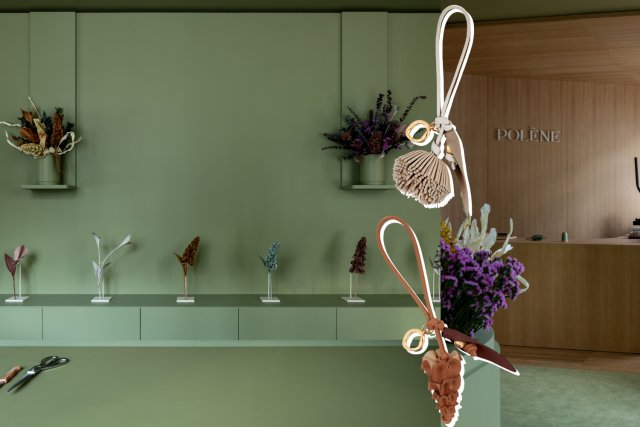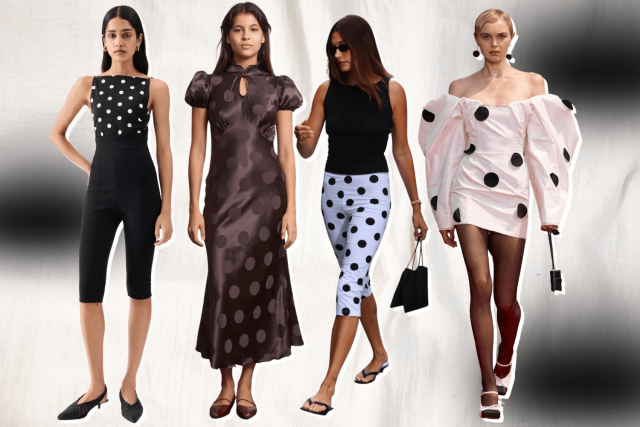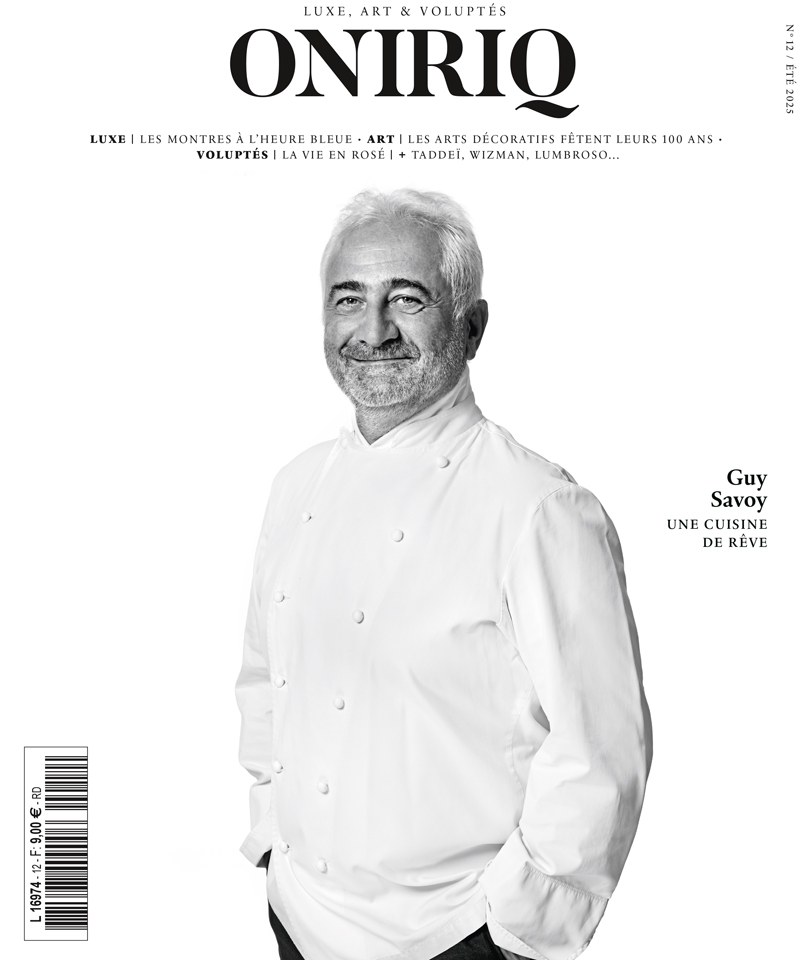Translated by Bethszabee Garner
2021 will have been an intense and prosperous year for the art market and auctions—both online and in person—driven by collectors' growing appetite for new investments in their passions. Thus, the top three auction houses—Sotheby's, Christie's, and Phillips—sold more than $15 billion worth of art in 2021. A good result, boosted in particular by the growing vintage and second-hand luxury sector, which includes watches, jewelry, classic cars, handbags, clothing, sneakers, wine, and spirits.
This sector has become key, and auction houses are now keen to capitalize on it to develop their commercial strategy, with luxury brands having allowed the second-hand segment to slip through their fingers. A shift for auction house operators, however, this is not surprising if we look at the latest study published by the Boston Consulting Group, which found that the chic vintage market was worth 21 billion dollars (17.2 billion euros) in 2020 and is expected to reach more than 30 billion dollars in 2022.
“Luxury is becoming more democratic.”
For many people, the very term “luxury” echoes selectivity and exclusivity. In reality, it is something rather vague, initially reserved for a group of wealthy individuals. This now seems to be a thing of the past with the emergence of a growing middle class that aspires to acquire luxury items. “Today, luxury is becoming more democratic. The development of this auction market, a gold mine for all types of collectors, is facilitating access to luxury product categories. Buying second-hand is the new chic,” sums up François Curiel, auctioneer and head of Christie's Europe.
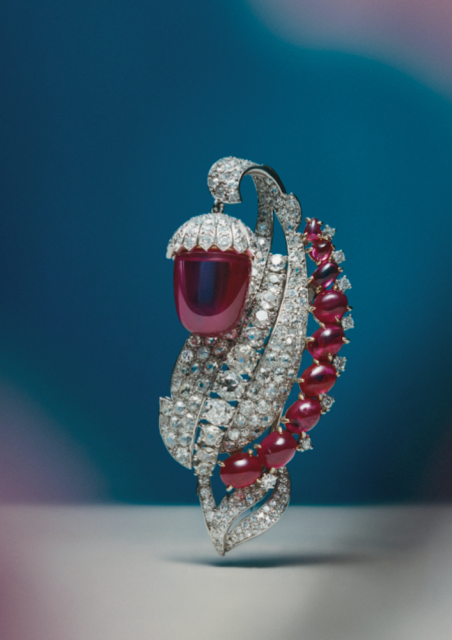
In addition to the fact that luxury represents a low-risk investment opportunity for many, in other words a safe haven, ”it represents a sector in which everyone can relate. Unlike some departments of auction houses, such as antique paintings, contemporary art, or Asian art, which require a certain level of knowledge, luxury is easily identifiable. It allows everyone to be able to treat themselves, at all budgets, to an object that they appreciate. This is the main reason for its entry into the auction world,” continues the auctioneer, who also points out that ”auctions are an inexhaustible source of lots that are no longer available on the primary market. Auctions are therefore the only way to find gems that cannot be found elsewhere. Take vintage jewelry, for example. Today, specialty shops have disappeared and merchants and jewelers no longer have antique pieces in their inventory. A collector looking to buy a Kashmir diamond, a Burmese ruby, or Colombian emeralds would only find them in our luxury specialty sales.”.
The same goes for handbags, particularly Hermès, a large collection of which was sold at Christie's in Paris for €2.2 million. “Currently, no Hermès bags are available in stores, or you have to show your credentials at the Parisian leather goods store. Auctions are full of vintage bags that are quickly and easily accessible, provided you are willing to pay the price,” emphasizes François Curiel.
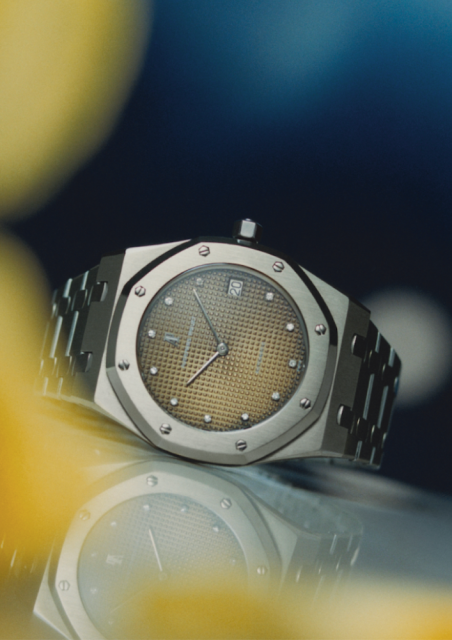
Digital development at Sotheby's
At the end of 2019, after its acquisition by Patrick Drahi, Sotheby's decided to split its activities into two divisions: art and luxury, in order to be perceived as the premier destination for buying and selling luxury goods. “This category is the one that is experiencing the strongest growth, especially online. What's new is the move to cross-category sales, where luxury items sit alongside fine art on our website, in our galleries and in our stores, offering a richer and more dynamic experience,” explains Josh Pullan, head of the Luxury division.
As antique art, such as master paintings and classic furniture, is not inexhaustible, Sotheby's has therefore focused on the luxury sector, which in 2021 was worth $1 billion, an increase of 78%, a historic record. This boom and growth have prompted the auction house to strengthen its sales in Paris in the lifestyle and luxury sectors. In 2021, Sotheby's held its first auction in the French capital dedicated to wines, notably those from the Romanee-Conti estate, and also offers, since several years now, themed sales of jewelry, fine watches, and vintage cars through its subsidiary RM Sotheby's. This strategy has paid off: the company has seen an influx of younger, more internet-savvy customers who have been buying and selling continuously to enhance their collections, generating a steady stream of luxury items.
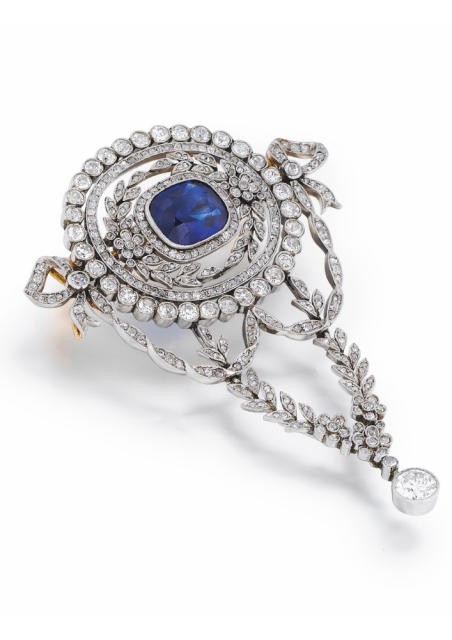
“Especially during the pandemic, people spent more time at home and had the time to search for exceptional items and make purchases out of passion. Our sales never stopped, and digital innovations helped simplify the customer experience. In any case, we are now seeing the emergence of a new definition of luxury, with a new generation of millennial collectors who are moving beyond traditional categories such as jewelry, watches, and wine to take an interest in streetwear and collectibles, such as a pair of Kanye West Nike Air Yeezy sneakers that sold for over $1 million,” adds Josh Pullan.
Gateways to other specialties
It's the same story at Christie's, François Pinault's stable, where the second-hand luxury goods category is the one who saw the strongest growth in 2021. In total, this sector accounted for $980 million at the British auction house, up 153% compared to 2020, including the collectible watches department, which had a record year at $205 million (+157%).

“Luxury now accounts for 12% of our group's sales. It is an essential division that has become a pillar of our business. Imagine, 39% of new customers came to Christie's through the luxury department in 2021, a year that saw a pink diamond sold for $24 million and a Hermès Himalaya Diamond Kelly bag purchased for $515,000, the most expensive handbag ever sold at auction. This shift towards second-hand luxury is a real gateway to other specialties. Our customers pass through the “luxury” cluster without staying there and move on to other auction categories. It's a very beneficial growth driver for us,” notes François Curiel.
Artcurial, spearheading the trend
One auction house had been exploiting this luxury niche long before the others. Artcurial, under the leadership of its CEO, Nicolas Orlowski, organized its first successful sales of vintage Hermès items in the 2000s, followed by themed sales of exceptional items such as classic cars, wines, horses with Arqana, yachts, and luxury watches with Collector Square. “Today, the 'lifestyle' category accounts for nearly 20% of our turnover. It's a sector that allows us to reach wealthy clients and therefore other treasures in other departments, but above all to reach a wider and younger audience,” says Julie Valade, former director of jewelry and current associate director for the Nouvelle Aquitaine region at Artcurial.
“Art de vivre” auctions that Artcurial organizes are held twice a year (winter and summer) in Monaco to attract residents and visitors to the Principality. They have been a huge success, with sales on the Rock reaching nearly $20 million in 2021-2022, despite the global health crisis.
Article written by Arthur Frydman to be found in issue n°1 of OniriQ Magazine.

